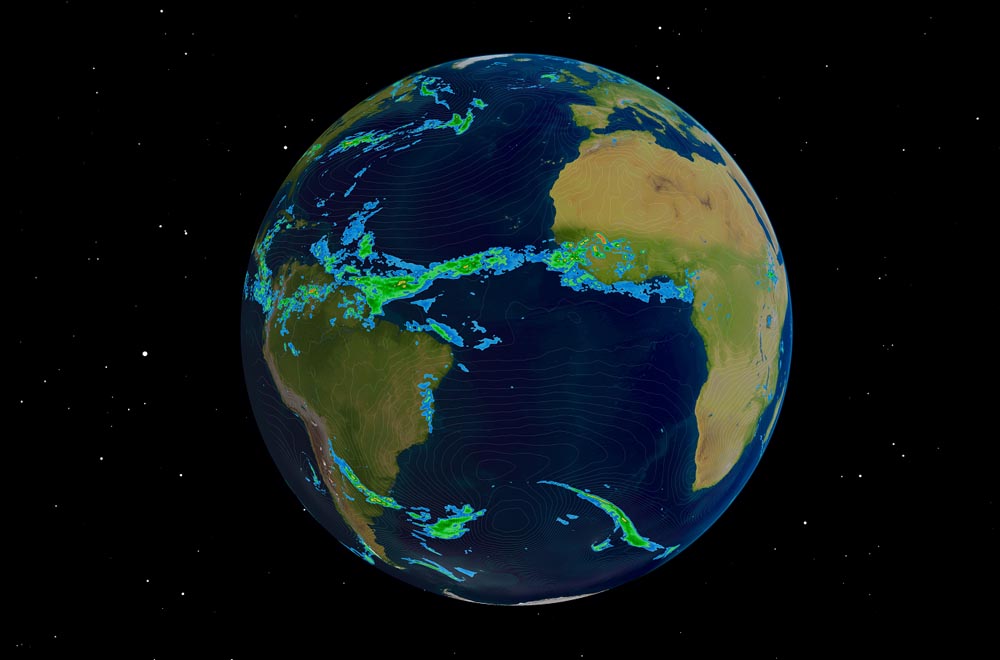Download (PDF, 5.48MB)
INTRODUCTION
How can we try to predict the future?
As the Danish humorist Storm Petersen once said, “It’s hard to make predictions, especially about the future”. How can we try to accomplish this difficult task? I think that the only method open to us is to look at what has happened in the past, to look at trends and changes, and on the basis of this knowledge, attempt to extrapolate these trends into the future. Even so, we may be wrong because of totally unforeseen events or factors, The bulk if this book is devoted to looking at past and present events and trends, in order to have some basis for prediction the future. In the last chapter, I will try to make some predictions.
Today the world is facing some serious threats, some of which are listed below.
The climate emergency
As United Nations Secretary General Antonio Guterres recently said, “We are on the road to climate hell, and our foot is on the accelerator”. Despite promises made at the Glasgow and Cairo climate conferences, greenhouse gas emissions continue to increase. One should be almost grateful for the climaterelated disasters that are starting to occur (for example disastrous floods in Pakistan, and widespread deaths of humans and animals from extreme heat) because perhaps they will wake us up so that we will demand that our governments stop sacrificing the future of the Earth for the present economy.
Nuclear insanity
The Treaty on the Prohibition of Nuclear Weapons has been passed by an overwhelming majority of countries at the United Nations General Assembly, but all of the nuclear armed nations have refused to sign the treaty. In connection with the current war in Ukraine, threats and counter-threats have been made, and the United States has moved nuclear weapons to positions near to Russia.
In the long run, because of the finite yearly danger of nuclear war through accident or miscalculation, and because of radioactive fallout and the nuclear winter effect, it is clear that the survival of human civilization and much of the biosphere can only be assured if nuclear weapons are eliminated.
The population explosion and famine
In 2022, the global population of humans passed eight billion. This huge human population is currently putting increasing stress on the global environment, and we are stating to see a decline in the global population of animals, insects, birds and fish, as well as the extinction of many species.
Also, as glaciers melt in the Himalayas and Andes, depriving China, India and several South American countries of their summer water supplies; as fertile rice-growing regions of low-lying countries like Bangladesh and Vietnam are drowned by sea level rise; as modern high-yield agriculture becomes increasingly impossible because of the lack of petroleum-based inputs, we can predict that an extremely large-scale famine will occur, involving billions rather than millions of people.
What can we do to make a better future?
All of the dangers just listed are due to human actions, and therefore, by changing the way we act, we have the power to make a better future. For example, renewables are now cheaper than fossil fuels. By vigorously supporting the Green New Deal, and rapidly putting renewable energy infrastructure in place, we can do much to avoid catastrophic climate change. Regarding the population explosion, and the threat of famine, we can cut military spending and use the money saved to provide primary health care to people throughout the world. Materials and information on contraception should simultaneously be provided. What can we do about nuclear weapons? Surely the nuclear armed nations can see that. in a nuclear war, all nations would suffer equally, including themselves. The people of these nations should put pressure on their governments to abandon their nuclear-armed status.
Read the entire book above or download it here.
The pdf files of John’s books may be freely downloaded and circulated from here, here and here.
We thank John Scales Avery, a renowned intellectual, EACPE board member, and theoretical chemist at the University of Copenhagen, for giving us permission to reproduce his latest book for EACPE.


